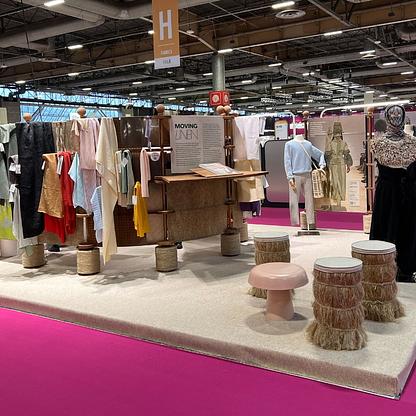All Alliance news
Discover the news of Alliance for European Flax-Linen & Hemp, the only european agro-industrial organization that serves as a global reference and brings together all players in the european Flax-Linen and Hemp value chain.
Discover the news of Alliance for European Flax-Linen & Hemp, the only european agro-industrial organization that serves as a global reference and brings together all players in the european Flax-Linen and Hemp value chain.

A life on the ocean waves with flax technical innovations
The adoption of composite parts based on flax fibres by the Marine Industry continues to grow, with major OEMs as well as smaller shipyards now aiming to take advantage of the reduced carbon impact and impressive mechanical properties they can provide.

Première Vision & Milano Unica: an experience "from field to catwalk" and a new stand
@flaxlinenhemp
{{message}}